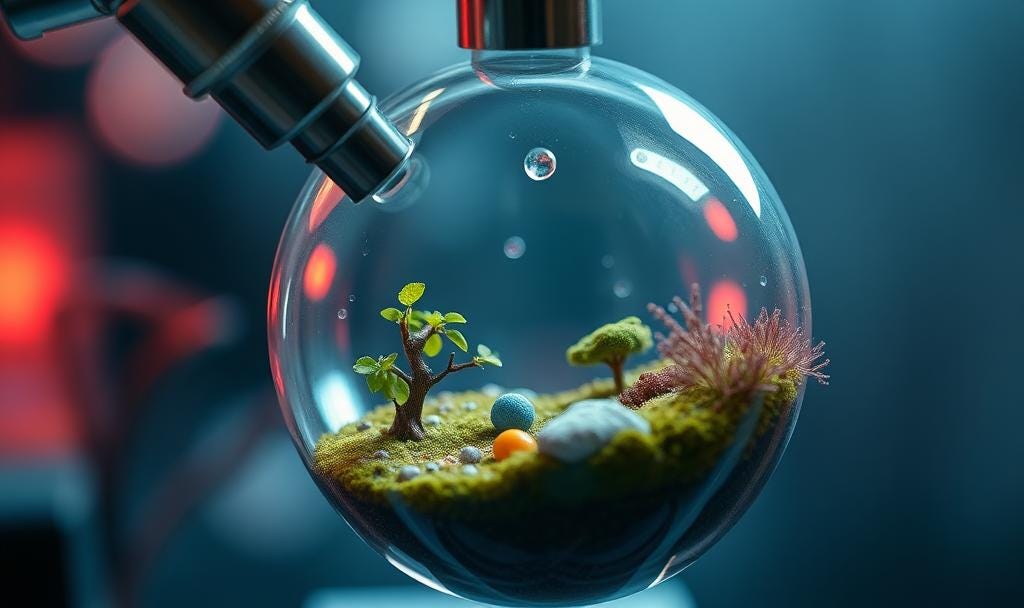The Tumor Microenvironment
The Tumor Microenvironment: What Your Oncologist’s Tools Can’t Touch
Oncologists have powerful weapons. Chemotherapy kills cancer cells. Surgery removes tumors. Radiation destroys malignant tissue. These are the big guns of conventional treatment, and they’re good at what they do.
But here’s what they don’t do: they don’t address why your body became hospitable to cancer in the first place.
“Those therapies are very good at killing cancer cells,” explains Dr. Lise Alschuler, naturopathic oncologist and president of Sonoran University of Health Sciences. “But that’s pretty much all those tools do. They don’t really address the factors in the body that have been co-opted as a part of the tumor growing process itself.”
The Environment That Feeds Cancer
Think of cancer like a weed in your garden. You can pull the weed out—that’s surgery. You can poison it—that’s chemotherapy. But if the soil conditions that allowed that weed to thrive remain unchanged, you haven’t really solved the problem.
Cancer researchers call this the tumor microenvironment (TME). The tumor microenvironment contains cells that regulate medication response and cancer growth in a major way, comprising not only tumor cells but also blood vessels, activated fibroblasts, invading immune cells, and the extracellular matrix.
“A tumor can’t grow unless it co-opts the tissue around it,” Dr. Alschuler says. “So it creates what we now call a tumor microenvironment or a tumor niche. And that is something that actually those tumor killing therapies unfortunately tend to aggravate. They make a tumor microenvironment even worse.”
Tumor microenvironments are characterized by inflammation. Conventional treatments? They’re generally very inflammatory. So while they’re killing the tumor, they’re simultaneously creating conditions that could support future cancer growth.
What Creates a Hospitable Environment for Cancer?
Keep reading with a 7-day free trial
Subscribe to Crushing the Cancer Curveball - Kicking Cancer's Ass Podcast to keep reading this post and get 7 days of free access to the full post archives.


